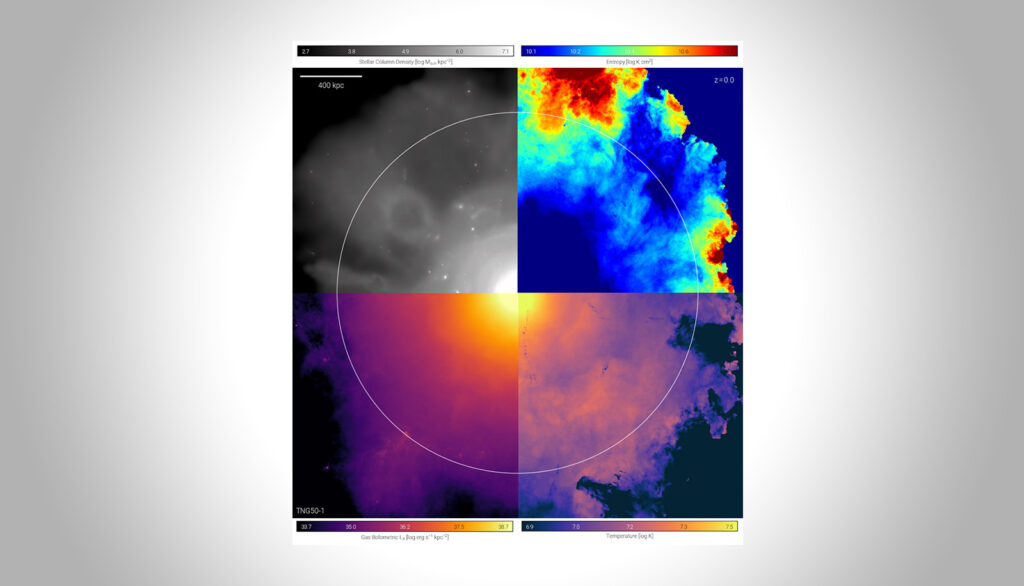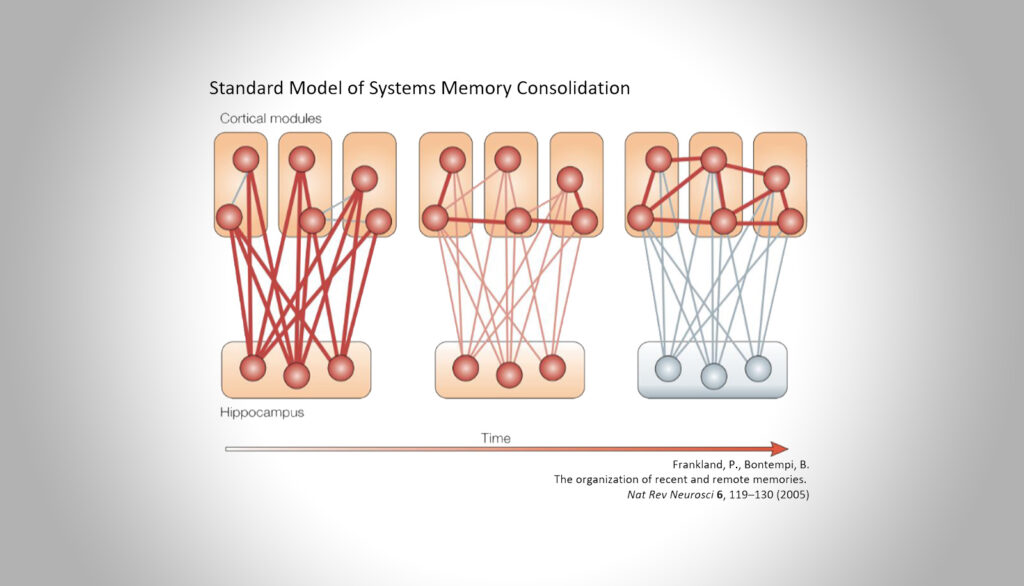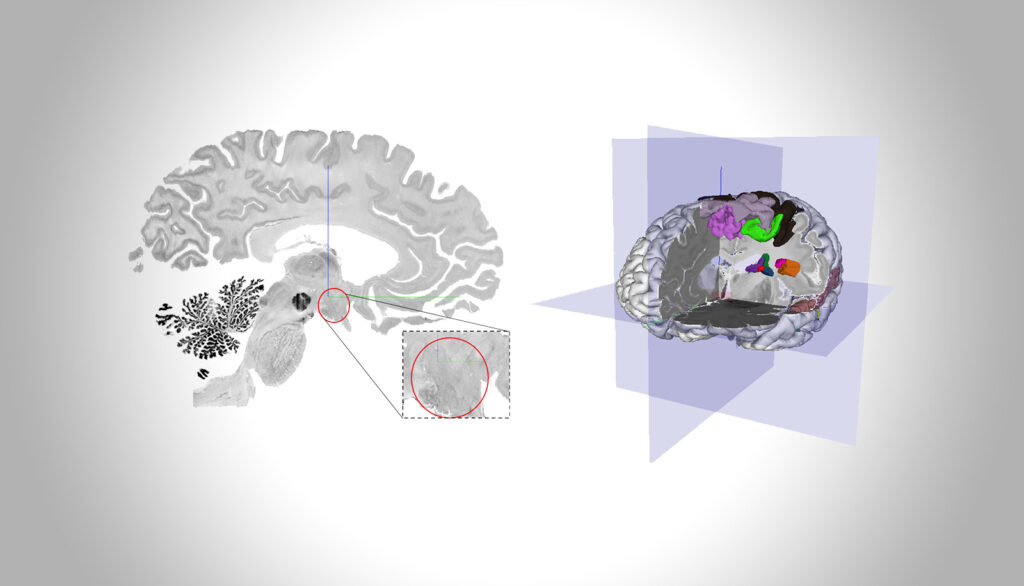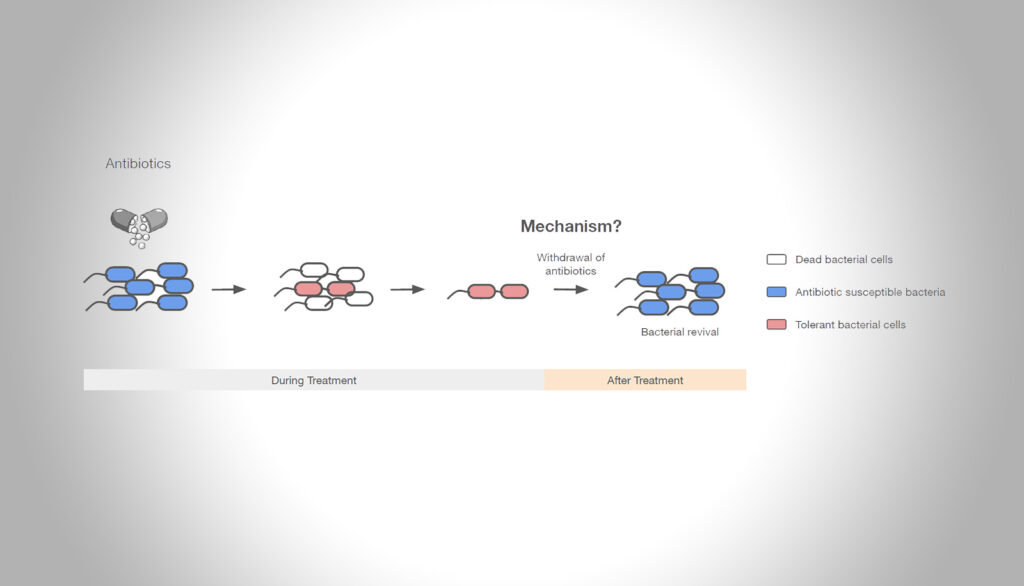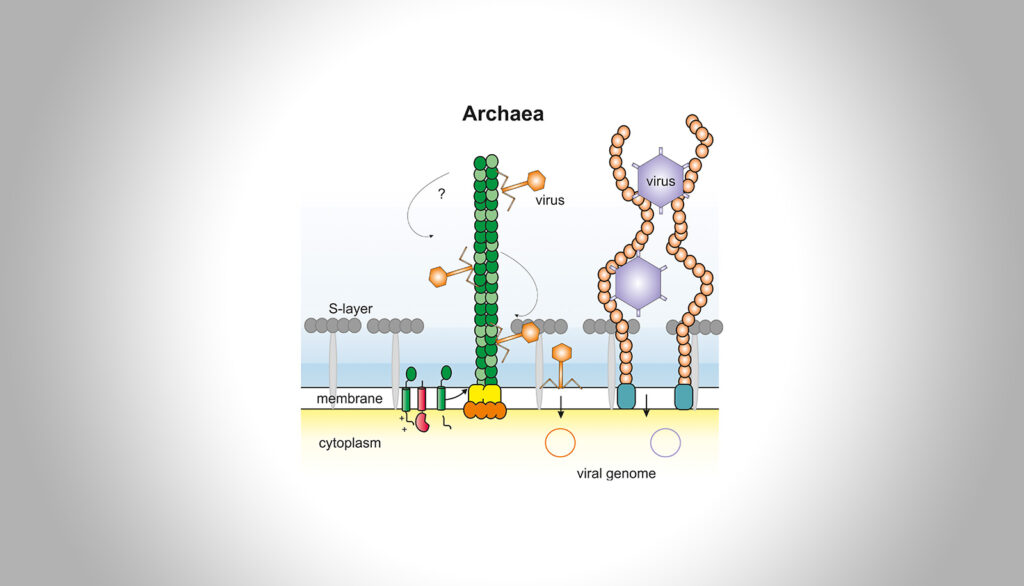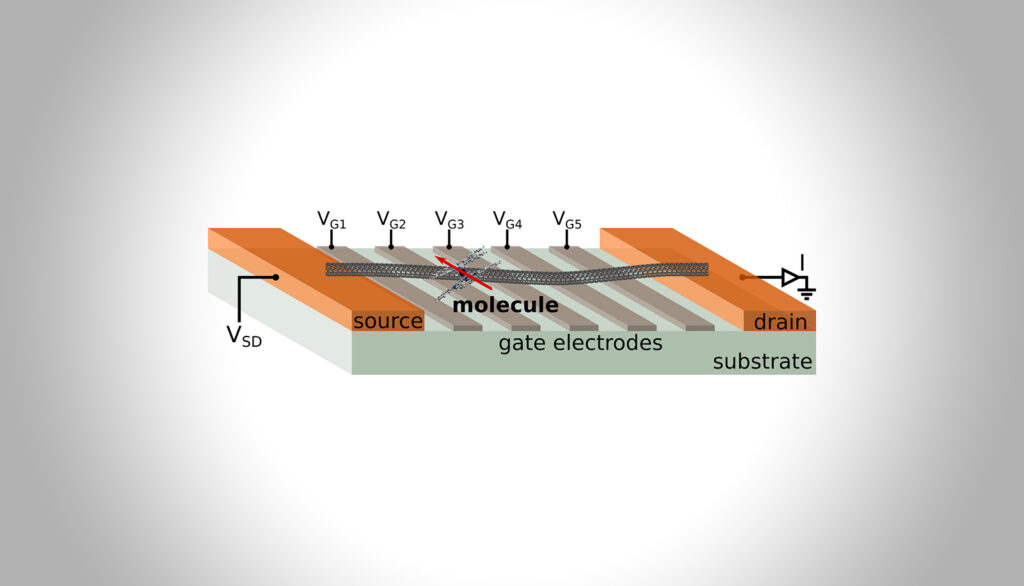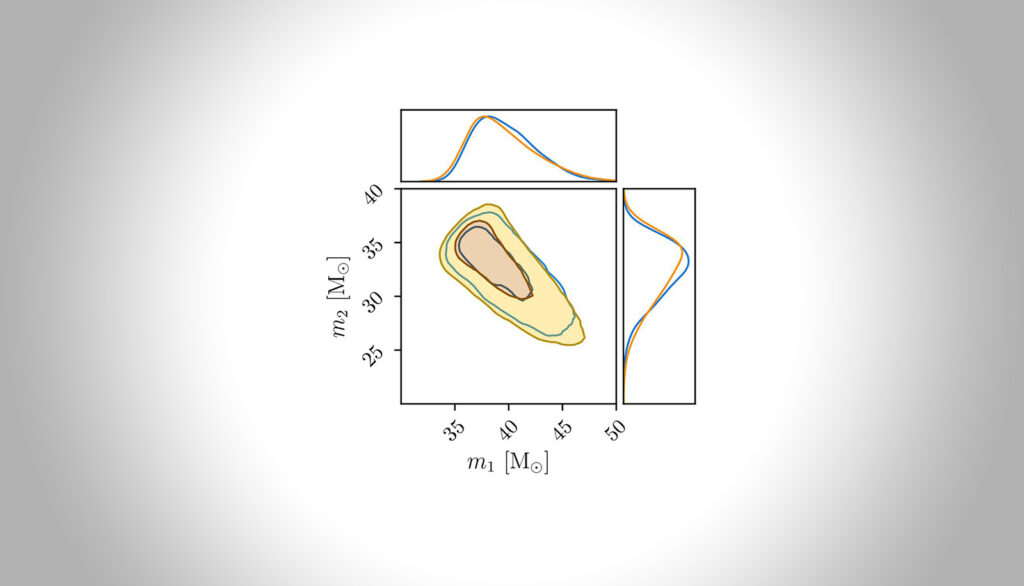Triggered contraction of self-assembled DNA nanotube rings
Maja Illig - Hector RCD Awardee Kerstin Göpfrich
DNA nanotubes are widely used as a mimic for cytoskeletal filaments in bottom-up synthetic biology. Using a synthetic starPEG construct that acts as a crosslinker, we succeed in bundling the few nanometer thick DNA nanotubes. In bulk they self-assemble into micron-scale rings. We achieve their contraction upon temperature increase or molecular depletion with crowing molecules such as dextran (in collaboration with Kierfeld group, TU Dortmund).



